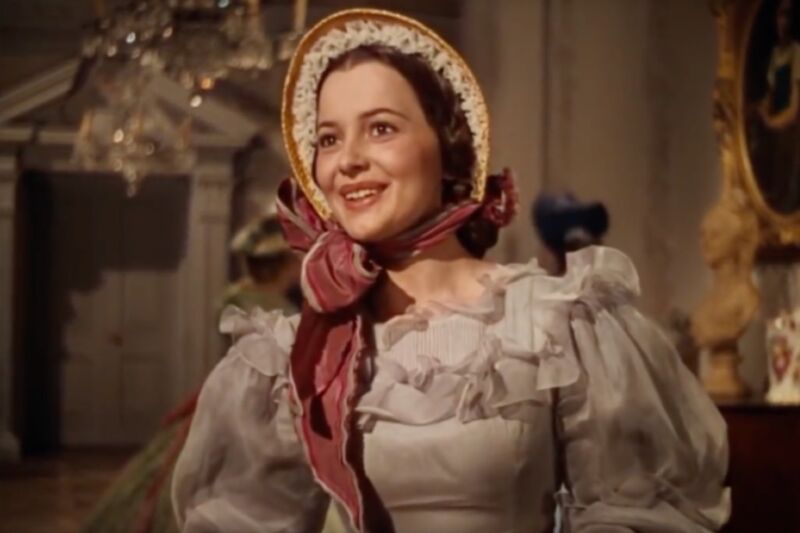
Enlarge / Olivia de Havilland—pictured here as Melanie Hamliton in the 1939 Oscar-Winning film Gone with the Wind—successfully sued Warner Bros. in 1943 to free herself from her studio contract. The groundbreaking lawsuit contributed to the breakup of the Hollywood studio system. (credit: YouTube/MGM)
The so-called Golden Age of Hollywood produced some of the most memorable films ever made, from 1927's The Jazz Singer to Gone With the Wind (1939) and Citizen Kane (1941). But it wasn't so golden for women in the film industry, according to a recent paper published in PLOS One that analyzed a century's worth of data and concluded that the rise of the infamous studio system produced severe gender inequality. Female representation started rising again in the 1950s, after two pivotal lawsuits effectively broke the studios' stranglehold on the industry.
Lead author Luis Amaral, of Northwestern University, is a physicist by training, specializing in the study of complex systems. This latest work builds on a 2015 study that he co-authored, examining correlations between production budget, box office gross, and total number of user votes for films on the Internet Movie Database (IMDB). That study concluded that the total number of IMDB votes was a strong indicator of a given film's prominence or notability.
Three years ago, co-author Murielle Dunande, then a high school student spending her summer break in Amaral's lab, proposed a study of the representation of women in the movies. Initially, she focused on films in the 1960s, but Amaral thought it would be interesting to go back to the birth of the film industry to better understand the historical origins of the gender disparity.
No comments:
Post a Comment